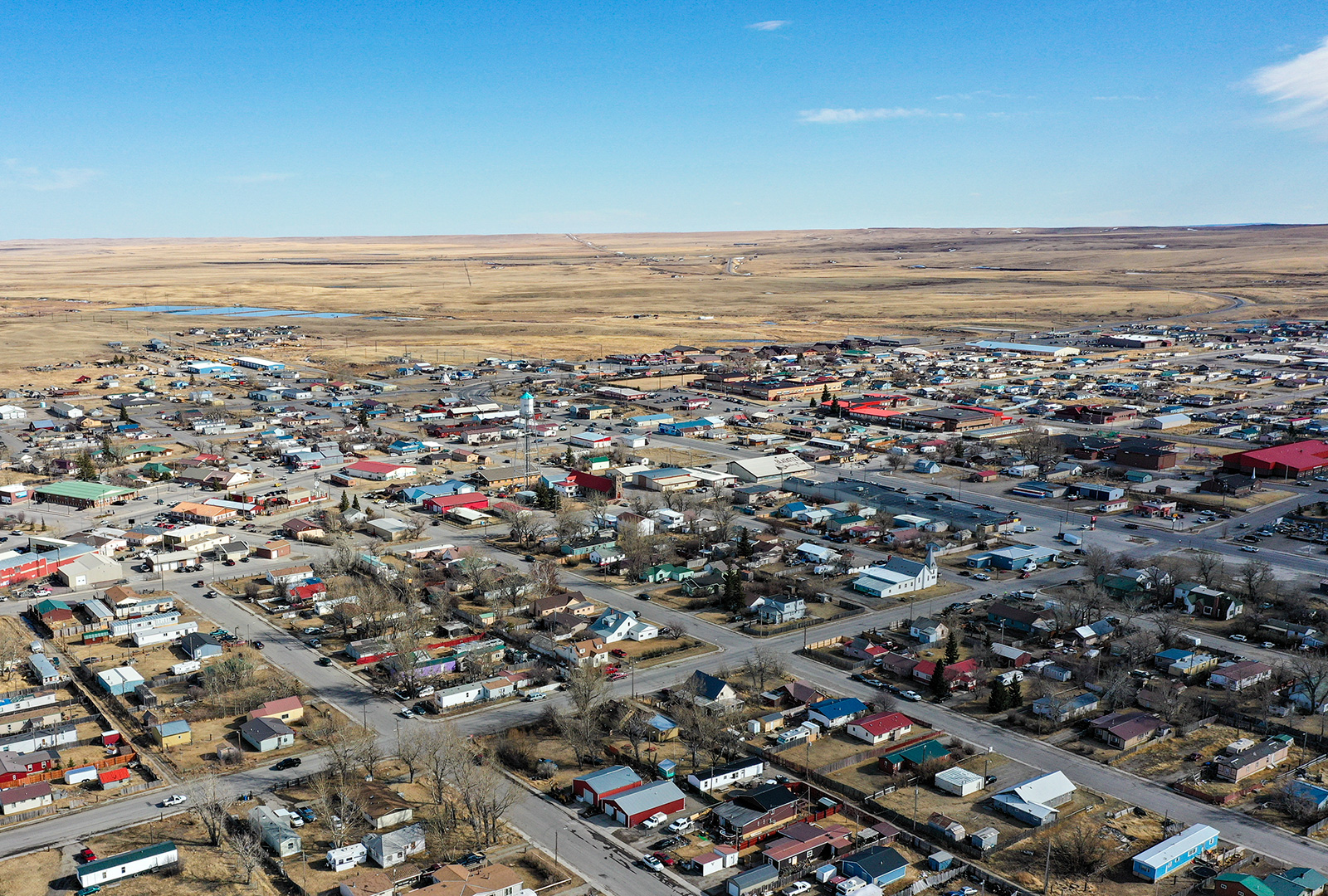Facing a surge in COVID-19 cases on the Blackfeet Indian Reservation, tribal officials on Aug. 16 enacted a mask mandate and closed government offices to the public, while also restricting non-essential travel for tribal employees.
The emergency public notice issued Aug. 16 does not affect daily personal travel on the reservation, nor does it impact visitors to Glacier National Park, which is served by several entrances within the reservation’s boundaries, according to James McNeely, a tribal spokesperson.
“We are not shutting down the reservation,” McNeely said shortly after making the announcement, which created some initial confusion. “As of noon today we have 18 active cases and over 100 individuals listed as contacts, so in response to this sudden outbreak we are making masks mandatory on the reservation. Individual members of the public can still go wherever they want, we would just encourage that they wear masks. The travel restrictions apply to tribal departments and programs.”
Tribal members can still visit government offices and conduct business through service windows, McNeely said.
The re-implementation of a mask mandate on the Blackfeet Indian Reservation is the latest example of a proactive response to the pandemic, McNeely said.
In March, following a full year of disciplined closures to defend against the spread of COVID-19 in a vulnerable community, the Blackfeet Tribal Business Council reopened entrances to the east side of Glacier National Park, doing so in conjunction with vaccination rates nearing 100%. However, the recent rise of the COVID-19 Delta variant among vaccinated populations prompted Monday’s mask mandate and travel restrictions, which are nowhere near as stringent as those put in place in 2020.
Last year, park officials heeded the Blackfeet closure order by shuttering five entrances on the east side of the 1 million-acre park, including East Glacier, Two Medicine, Cut Bank, St. Mary and Many Glacier. Although the park’s Going-to-the-Sun Road allowed motorists to cross the Continental Divide at Logan Pass from West Glacier, visitors were forced to turn around at Rising Sun Campground. The community of St. Mary had its gates locked, and east-side hotels and businesses both inside and outside the park did not operate within the reservation’s boundaries.
The Blackfeet Nation’s quick and targeted response at the onset of the pandemic also included a strictly enforced stay-at-home order following an outbreak in the early fall of 2020, which likely prevented further spread of the virus, according to a study released in April by the Centers for Disease Control and Prevention (CDC). Data summarized in the CDC study details how the tribe’s actions last summer kept COVID-19 cases to a minimum, and how when the tribe loosened restrictions and cases spiked in September, an even more aggressive response quickly tamped down that outbreak. The study was based on data collected between June and December 2020 and analyzed by a team of scientists and medical professionals.
In summary, the study’s authors credited the tribe’s response to the virus for keeping case totals low and concluded that “steep declines in COVID-19 incidence in the Blackfeet Tribal Reservation might not have occurred without widespread and consistent enforcement of the mandate for mask use in public and stay-at-home orders.”
Native Americans in Montana have been disproportionally impacted by COVID-19, with American Indians/Alaska Natives 2.2 times more likely to contract COVID-19 and 3.8 times more likely to die from COVID-19 compared to a white person, according to a separate CDC study based on data collected between March 13 and Nov. 30, 2020.
Also on Aug. 16, the National Park Service (NPS) announced it is immediately requiring visitors, employees and contractors to wear a mask inside all NPS buildings, as well as in crowded outdoor spaces, regardless of vaccination status or community transmission levels. According to NPS, the decision was made “following the latest science and guidance from the Centers for Disease Control and Prevention.”
“Visitors to national parks are coming from locations across the country, if not across the world,” according to a statement from NPS Deputy Director Shawn Benge.” Because of this, and recognizing that the majority of the United States is currently in substantial or high transmission categories, we are implementing a service-wide mask requirement to ensure our staff and visitors’ safety.”
The requirement will be in effect until further notice and applies to all NPS buildings and public transportation systems. It also applies to outdoors spaces where physical distancing cannot be maintained, such as narrow or busy trails and overlooks.
